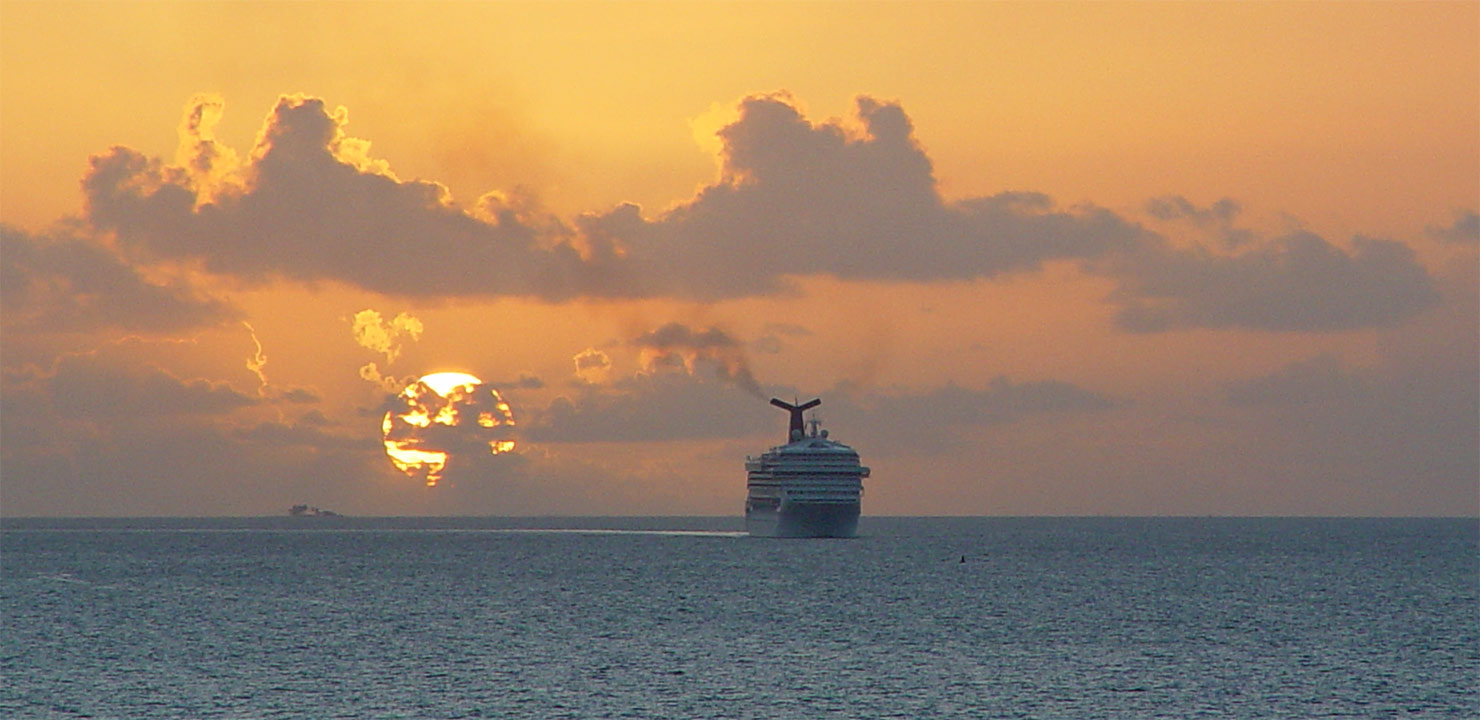March 2010
Extreme Astrophysical Objects Through A Small Telescope
Savvas KoushiappasProfessor Koushiappas works in the interface of particle astrophysics and cosmology. He is interested in the structure and distribution of dark matter in the Universe, as well as astrophysical processes that can help identify the particle nature of it. He joined Brown University in the summer of 2008. Before that he was a postdoctoral researcher in the Theoretical Division at Los Alamos National Laboratory, and prior to that he was a postdoctoral researcher in the Department of Physics at ETH-Zurich (Swiss Federal Institute of Technology). He received his Ph.D. from The Ohio State University in 2004.
Related Links




